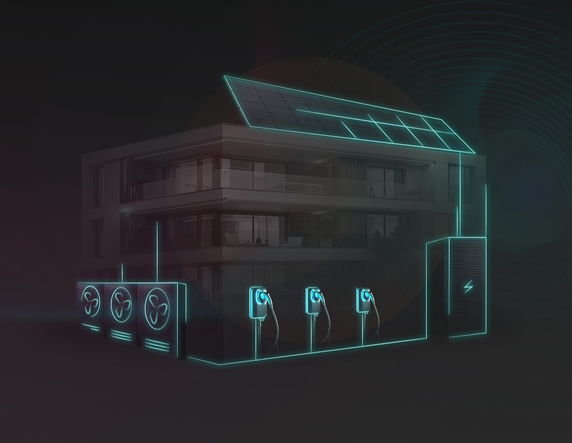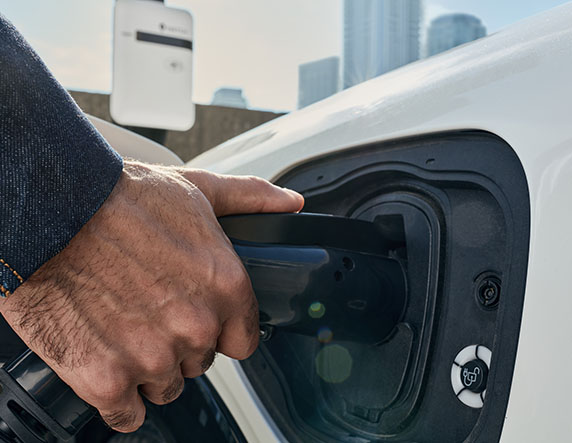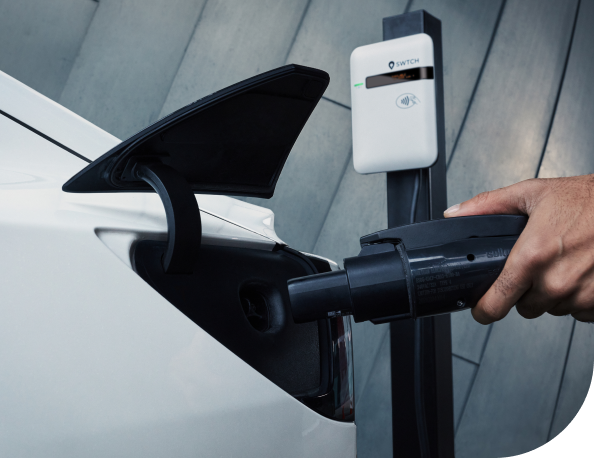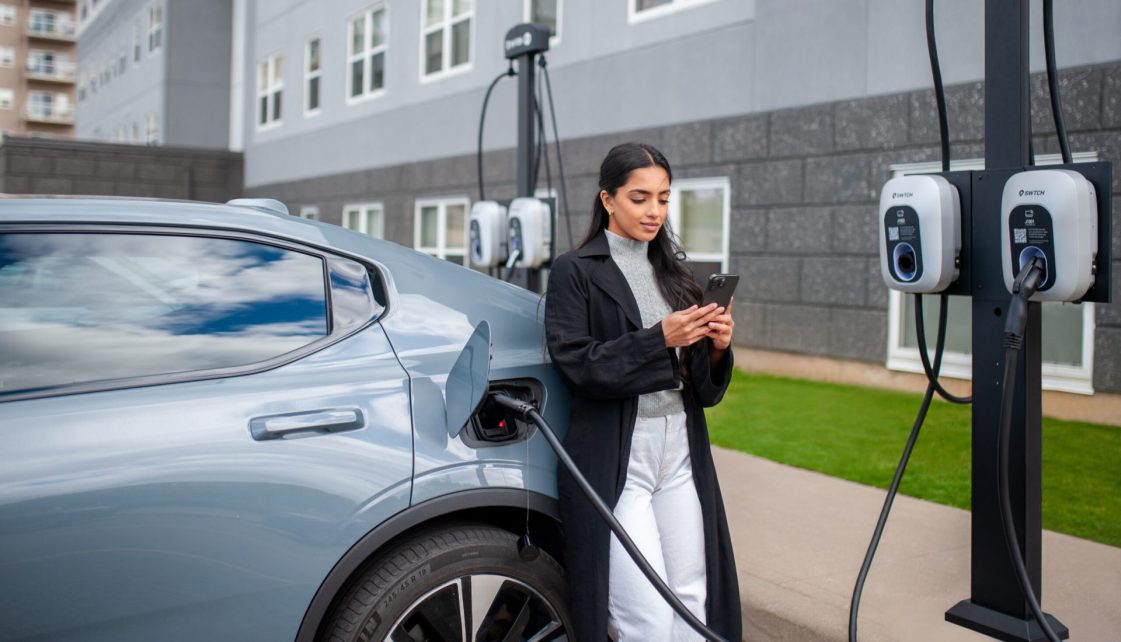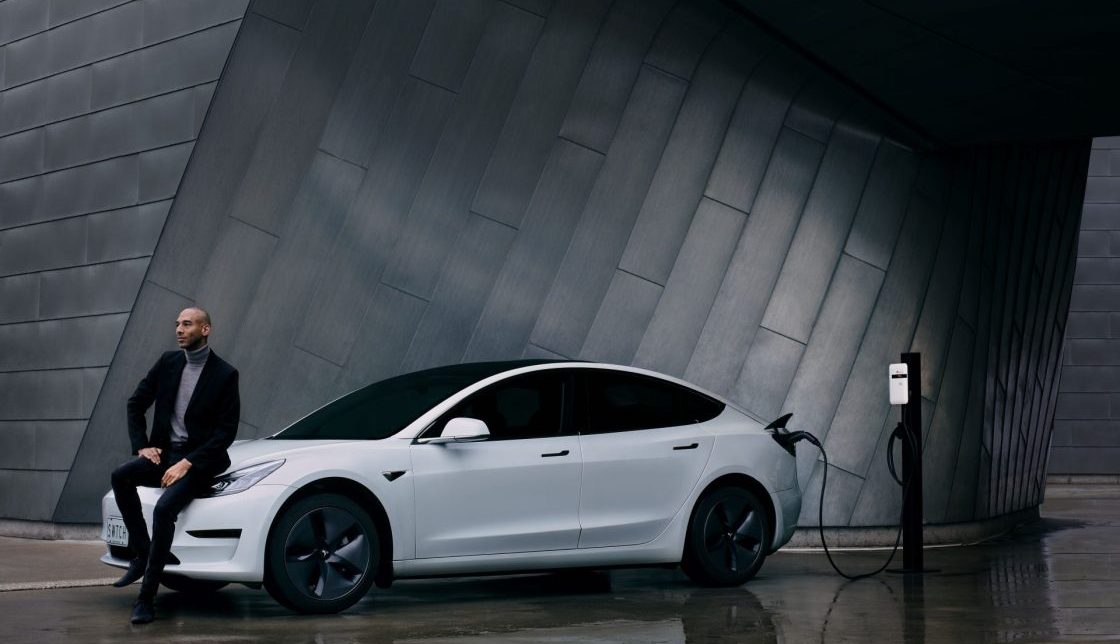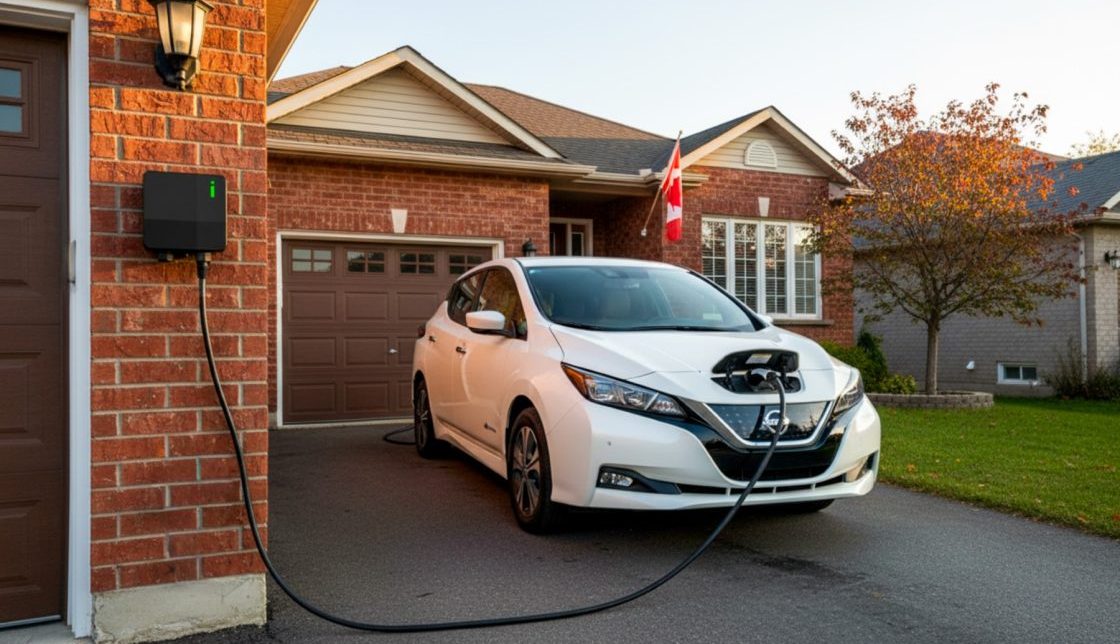Your Step-by-Step Guide to EV Charging Success for Parking Facilities
The shift to electric vehicles (EVs) is rapidly transforming the paid parking landscape, and we’re here to help you thrive in the years ahead.
This guide provides a clear, step-by-step path for you to successfully implement and manage EV charging. By following these steps, you can turn charging into a significant opportunity, enhancing your facilities and preparing for a profitable, sustainable future.
Just want to talk to someone about your facility? Reach out to us here!
First, why EV charging matters for parking
By adding EV charging to your parking facility, you can turn electric vehicle market growth into a profit-driver.
Customer Attraction
EV drivers actively seek charging locations and often demonstrate higher loyalty to parking facilities that offer convenient charging. This creates powerful competitive differentiation as EV adoption accelerates.
New Revenue Streams
Well-managed EV charging generates revenue through energy sales, session fees, or premium parking rates.
Future-Proof Your Facility
EV charging is changing from a luxury amenity to essential infrastructure. Early installation protects long-term asset value and market relevance.
But understanding the opportunity is just the beginning. Ready to get started? First, we’ll help you evaluate whether your facility is ready for successful EV charging implementation.
Step 1: Assess your facility’s EV-readiness
The first step of any EV charging installation is to figure out what work actually needs to be done to get a high-quality charging amenity installed. You may find you’re more ready than you think!
Here are the basics you ought to complete.
Initial check of your electrical capacity
Have an electrical contractor experienced in EV charging assess your current electrical service and available power near potential charger locations. This will help determine how many chargers you can install.
Note that you can also rely on load management technologies to extend the capabilities of your electrical infrastructure. With an advanced solution like SWTCH Control, the full potential of your electrical infrastructure will be accessed, allowing you to install as many chargers as you need with zero upgrades required.
Evaluate prime locations
Identify parking spots that are visible, easily accessible, well-lit, and close to entrances. Good charger placement balances user convenience with installation costs.
Gauge current demand
Count existing EVs that frequent your facility and survey parkers about EV ownership plans. You should also research local EV adoption rates and public charger availability in your area to understand broader market trends. These data help determine initial charger quantity and future expansion needs.
With site readiness confirmed, your next step is to set clear goals that will drive your implementation strategy.

Step 2: Set your goals for EV charging
There are different approaches to success with EV charging, and
Choose your primary goal
Decide whether EV charging serves mainly as a customer amenity or a direct revenue generator. This fundamental choice guides all subsequent decisions about pricing, equipment, and operations.
Determine your future scale
Start with 2-4 chargers based on current demand, but plan electrical infrastructure for future expansion. It’s much cheaper to install extra capacity now than to retrofit later.
Set financial targets
Establish realistic revenue goals and ROI expectations. Account for both direct revenue generated by EV charging and related increases in revenue driven by things like increased occupancy, new corporate parking contracts, etc.
Once you have specific what it is you want to accomplish, the next step is to secure partners to help you plan your installation, select the right technology, and navigate funding programs to drive down the cost of your project.
Step 3: Secure funding & solutions partners
With so many funding programs available at the federal, state, local, and utility levels, odds are good that you won’t have to pay full-price for your charging stations or installation. In some places, you could get the entire project paid for entirely!
In order to maximize your odds of success, though, you’ll want to ensure you’ve found the right partners to guide you through your installation and help navigate the application process for funding programs.
Apply for available incentives
Federal, state, and utility-level programs can cover thousands of dollars of your total costs.
Work with an EV solutions provider like SWTCH to identify the best funding programs and maximize your odds of a successful application.
Select reliable hardware
Choose commercial-grade chargers with proven reliability, smart connectivity, and strong warranties. OCPP-certified hardware will help ensure you can easily swap software or chargers down the line without issue.
Find qualified installers
Use only licensed electrical contractors with extensive EV charging experience. This will help you avoid potentially costly mistakes down the line.
With your partners identified and your funding applications in the works, it’s time to plan out your installation in detail.
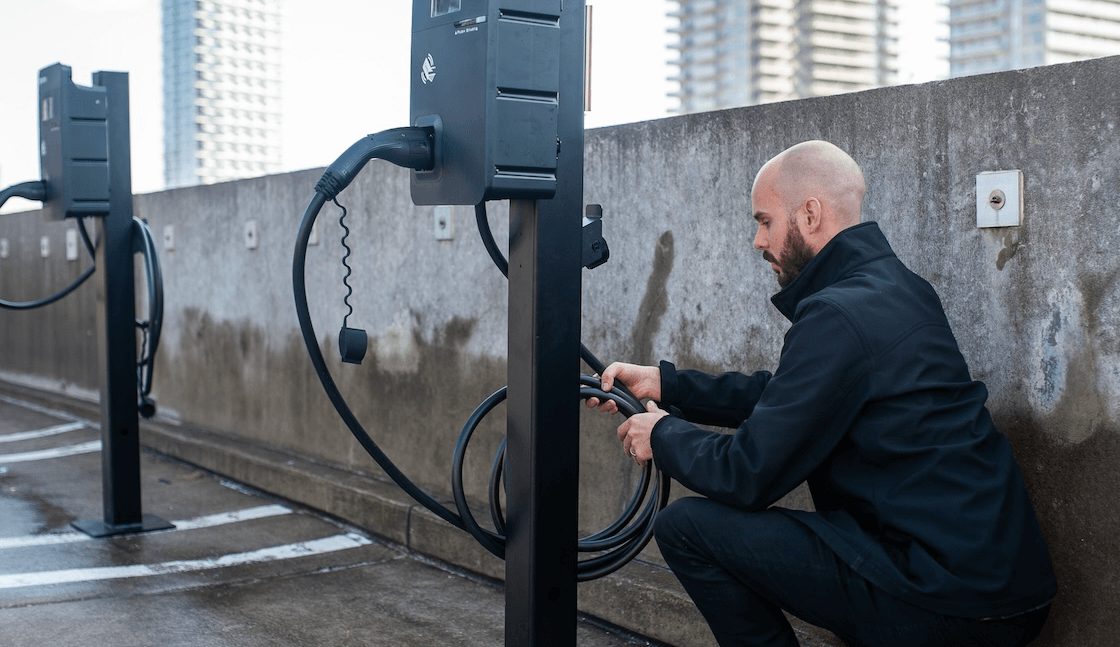
Step 4: Plan your installation
Having taken stock of your current electrical capacity, secured your partners, identified target funding programs, and outlined your goals for EV charging, it’s time to plan the actual installation.
Complete a full electrical assessment
Work with your installation partner to conduct thorough load calculations and identify exactly what level of electrical upgrade you need (if any). This prevents costly surprises and ensures safe installation.
Design optimal layout
Group multiple chargers to share electrical infrastructure where possible. Plan for accessibility compliance and future expansion during initial design.
Budget completely
Installation typically costs substantially more than the hardware price. Include electrical work, permits, trenching, and extra contingency money in your budget planning.
If all has gone well to this point, you will be in the perfect position to get to the most exciting part of this process: installing your chargers!
Step 5: Install charging stations in your parking facility
This is the big moment. Installing a great charging station setup in your parking facility can set you up for success for years to come, so it’s important to make sure everything proceeds according to plan.
Oversee the installation process
Maintain clear communication with contractors and verify all permits are obtained before work begins. Quality installation prevents future operational problems.
Here, again, you can rely on a dependable EV charging solutions provider like SWTCH to assist with ensuring your project is being deployed correctly.
Test everything thoroughly
Test each charger with actual EVs, verify payment processing, and confirm network connectivity before accepting installation as complete.
Complete final approvals
Obtain electrical inspection approval, install compliant signage, and ensure all safety systems function properly before opening to users.
Installation is a big deal, so take a moment to celebrate with your team. Once you’re ready, the next step will be to work with your EV charging solutions provider to ensure a smooth launch for your team and any drivers who will be using your chargers.
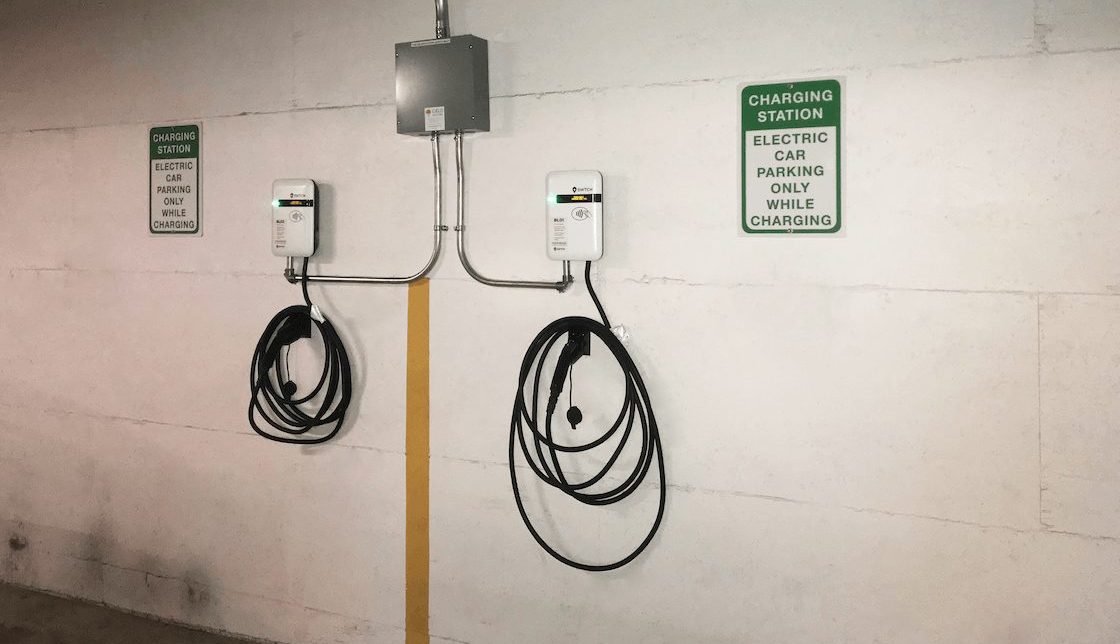
Step 6: Launch your EV charging service
Running a successful EV charging amenity is about more than just sticking chargers in a garage. Rather, it’s about creating a thoughtful pricing strategy, configuring access based on your business needs, and ensuring drivers can get timely support when needed.
Choose your pricing strategy
Select per-kWh pricing for fairness, time-based for turnover, or session fees for simplicity. Research local rates to ensure competitive positioning.
Configure access control
Decide between open access for maximum utilization or restricted access for specific user groups. Ensure multiple payment options for user convenience (app, RFID card, credit card, etc.).
Secure driver support
Drivers will need occasional assistance. If you want to handle it yourself, teach your onsite team basic charging assistance, common issue recognition, and appropriate escalation procedures. Focus on customer service without requiring technical expertise.
Or, if you don’t want to add charger troubleshooting to your team’s plate, partner with a company like SWTCH for 24/7 charging support for any driver who plugs in.
With your chargers now operational, it’s time to integrate them with your overall parking solutions (if you haven’t already).
Step 7: Integrate with your parking solutions
By integrating your EV charging with the rest of your parking solutions, it’s possible to not only improve the user experience for drivers who plug in, but also
Connect with your parking management app: Make it so drivers can start a charging session within the same app they use for reserving or paying for parking.
Unify the transactions: Ideally, drivers should pay just one time for the balance of what is owed for their parking + charging.
Ensure data feed back to your analytics platform: Bring charging data in alongside your other analytics to gain a clearer picture of how charging is impacting your business.
With your charging and parking solutions connected, the next step will be to promote your services to drive user adoption.
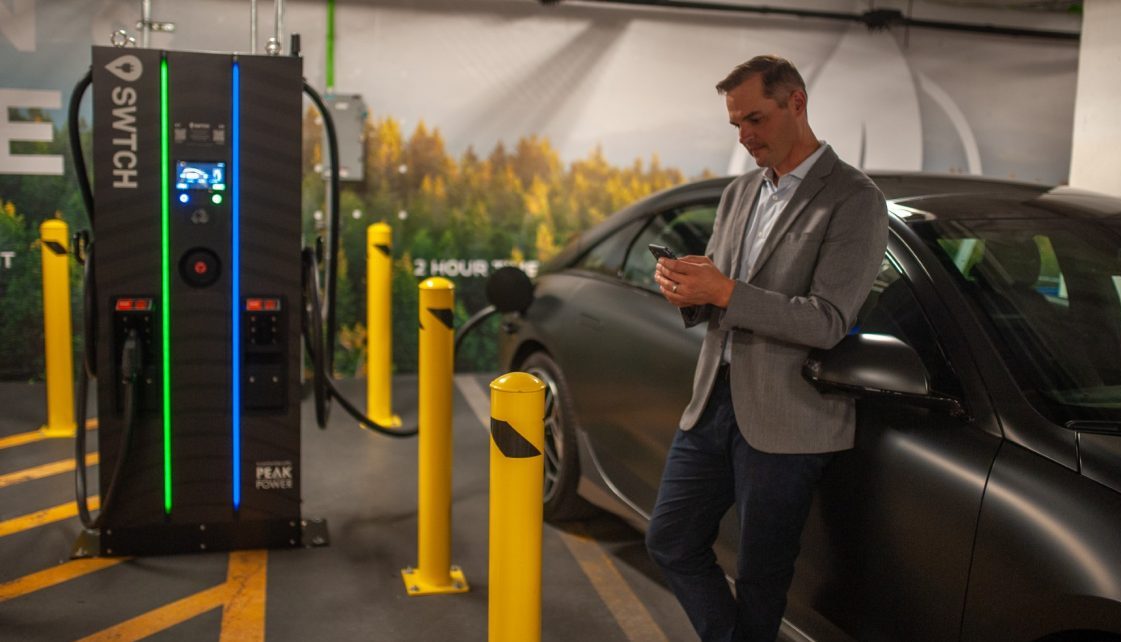
Step 8: Promote your chargers & educate parkers on how to use them
Even though EV chargers in parking facilities are in high demand, just installing the hardware won’t be enough to get the level of usage you’ll want to see. Instead, you’ll need to take steps to ensure people know your chargers are there and how to use them.
Optimize visibility
Install clear directional signage and mark EV spaces distinctively. Ensure accurate listing of your chargers on PlugShare, ChargeHub, and Google Maps.
Note that if you would like assistance, SWTCH can help ensure your chargers are all listed properly in the most important map and EV charging applications.
Offer user instructions
Provide simple charging guides through QR codes, instruction cards, and clear station signage. Include both network support and facility contact information.
Engage your community
Announce availability to existing users, partner with local EV groups, and leverage social media to build awareness and positive word-of-mouth.
Taking these steps will go a long way toward getting the level of utilization required for speedy return on your investment. To make sure you’re on the right track, you’ll also want to monitor the performance of your stations and make adjustments to optimize your installation where needed.
Step 9: Monitor performance & optimize your charging strategy
With EV charging, as with the rest of your parking business, data are your friend. Reviewing charging session information, revenue details, and related metrics will help you improve the performance of your stations toward your business’ goals.
Track key metrics
Monitor utilization rates, revenue per session, uptime statistics, and user feedback to identify optimization opportunities.
Optimize based on usage
Adjust pricing during peak periods, improve signage based on user questions, and schedule maintenance during low-usage times.
Plan for growth
Set expansion triggers based on sustained high utilization rates and prepare electrical infrastructure for additional chargers when demand justifies investment.
With processes in place to account for these items, your EV charging amenity will be in excellent shape for success. All that is left is to make sure you keep up with new developments to ensure you’re ready for growth and new technology that might benefit your property.
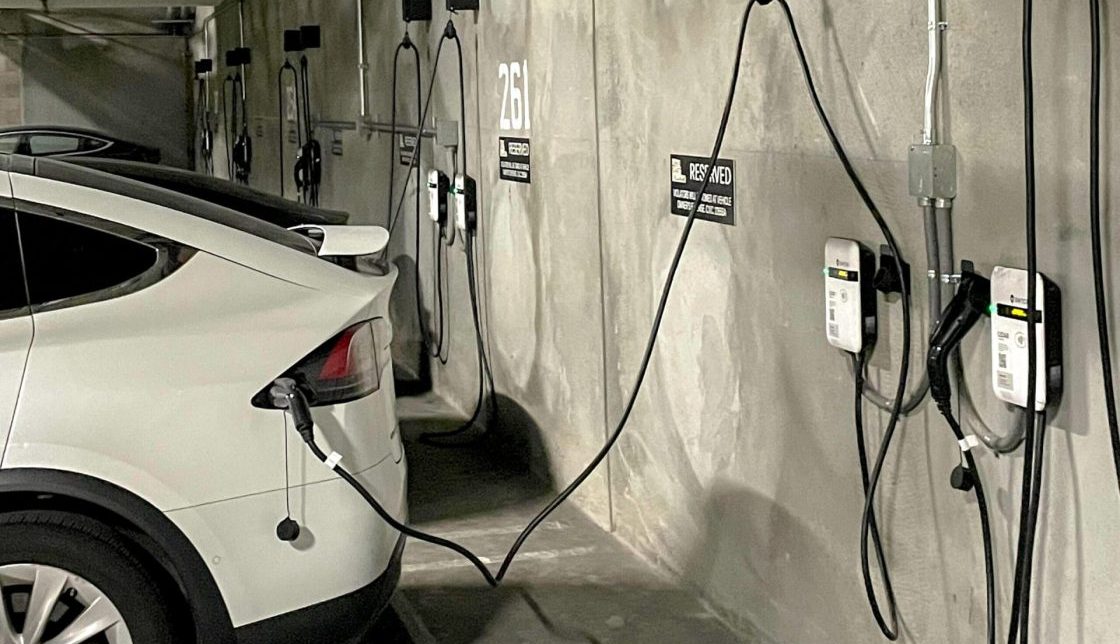
Step 10: Adapt and scale for lasting success
Things will change over time. Your parking facility’s charging needs will almost certainly grow, and new technologies may arrive to help you meet that need. It’s important to stay on top of these developments to maintain the high standard of quality EV charging you’ve gone and installed to this point.
Keep up with new tech
Stay current with evolving technology. Evaluate and adopt new smart charging features (like Plug & Charge or demand response capabilities), payment system advances, and other innovations that enhance user experience and operational efficiency.”
Expand strategically
Add chargers when utilization consistently exceeds 60-70% during peak periods. Use proven locations and operational procedures for expansion success.
Build industry connections
Join professional associations, attend industry conferences, and maintain relationships with equipment suppliers to access latest developments and best practices for parking facility EV charging.
Your journey to EV charging success in parking begins today
This 10-step framework transforms EV charging from complex challenge into a straightforward competitive advantage. Start with thorough site assessment, proceed methodically through each phase, and build sustainable operations that attract customers while generating consistent revenue.
Your EV charging investment positions your facility at the forefront of transportation evolution, delivering immediate benefits and long-term asset value in an increasingly electric future.
Want professional assistance at every stage of your EV charging journey? Contact SWTCH today!
With thousands of charging stations across North America, including in many prominent parking facilities, we’re well-positioned to help your business thrive as charging becomes more and more critical to your ongoing success.
